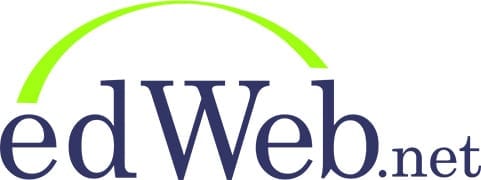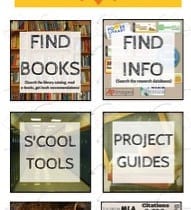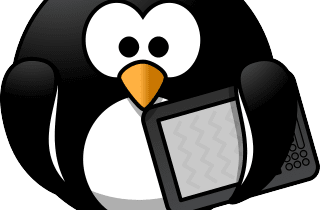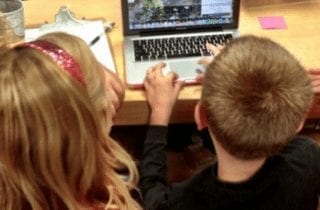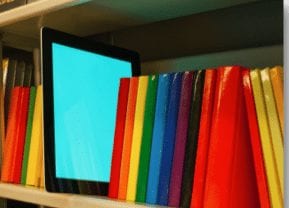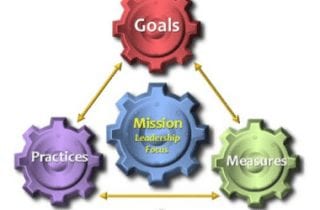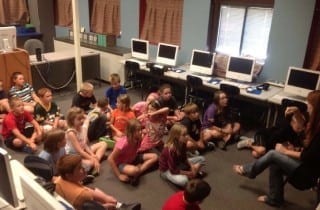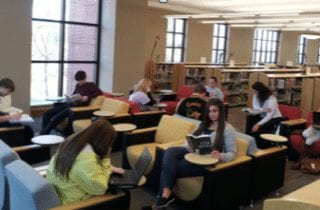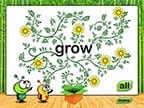In this webinar, Michelle Griffith will show us ways to use eBooks, databases, and links to digital tools in a “student challenge” environment to keep your students engaged in reading and learning.
Digital libraries are much more than just eBooks! This webinar provided an overview of the various resources available to begin a digital library, as well as ways to share these resources with your teachers and students.
eBooks present exciting opportunities for educators. Yet the possibilities can be overwhelming and confusing. Where do you start? What lessons have worked? How do they align to Common Core Standards? How do you use them with students with various learning abilities or at various reading levels?
In this webinar for the edWeb.net How Video Empowers Education community, presenter Shannon McClintock Miller, District Teacher Librarian and Technology Integrationist, showed how she integrates video into her library and school using digital tools, creative projects, and global connections. She shared how her students are creating and sharing eBookTalks, using augmented reality and QR codes to make interactive activities and displays of their book covers and book reviews.
Digital resources are potentially cheaper, more flexible, more up-to-date, and more reflective of the kind of materials that all learners will need to become proficient with as they seek to prepare themselves for life and learning beyond school.
We all know that eBooks can enhance any school library collection, but how can you be sure you’re making a wise investment? How do you know where to begin?
Nothing is so certainly written in the educational book of fate as the end of the textbook as the primary focus of educational content. Digital resources are potentially cheaper, more flexible, more up-to-date, and more reflective of the kind of materials that all learners will need to become proficient with as they seek to prepare themselves for life and learning beyond school.
edWeb’s Emerging Tech community held it’s latest webinar on eContent. Presenter, Michelle Luhtala, Head Librarian at New Canaan High School, CT, held this annual review of new developments in eContent delivery, in which participants learned about platforms, services, licensing options, new product “packaging”, spending models, and content availability.
eBooks present exciting opportunities for educators. Yet the possibilities can be overwhelming and confusing. Where do you start? What lessons have worked? How have you used them to align to Common Core Standards?
The Prek-3 Digital Learning community on edWeb.net was proud to host presenter Mark Schlichting in this month’s session. Mark, a veteran children’s designer and creator of Broderbund’s Living Books series, shared his insights and experiences from 25 years of experience creating award winning educational interactive content for children.

